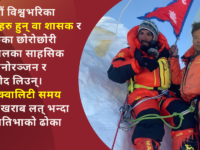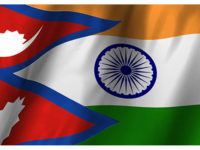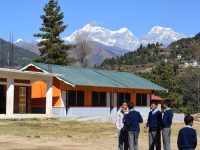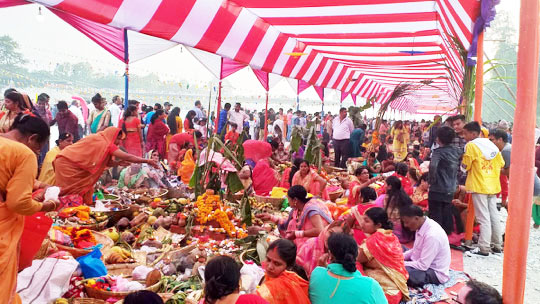By Om Tat Sat,
The main street was abuzz with loud speaker noise, advertisement and devotional song. The third day of Chhath was in progress, devotees thronging to the water of fast flowing Rapti river and pay honor to the setting Sun.
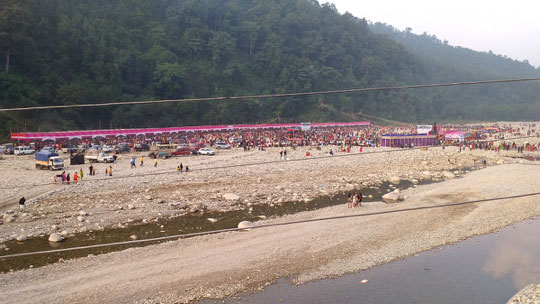
Some people were prostrating full body, known as Shastanga pranam in Hindu culture, while women were seen taking full body dip into the river’s clean green water. The most attractive aspect of Chhath festival must be the belief that wishes made in earnest will be fulfilled. Fulfillment of wishes is something quite engrained in Hindu culture. Hence Chhath provides one more opportunity for devotees to continue the festive spirit and revert back to the most ancient custom—seeking closeness to the divine power. Looking at the stream of people headed to the river, and a well-demarcated area prepared by the authority, I felt that Chhath is now a mainstream event, and that spells good news for Nepal.

Festivals are meant to unite community placing something of value to all. Thanks to Chhath, Nepalese might also be unifying through cultural commonness. What was primarily a Mithila and the Madhesh festival of nature and sun worship has spread to the hills and the snow region, indicating that Chhath has become a national focus right after Tihar. In the past ten years, it has been celebrated in Kathmandu and this year too, in Guheshori area, 656 plus Chhathghat – stalls for special sun worship for devotees – were constructed and decorated with fancy lights and special platforms made for dipping in the water and worshipping.
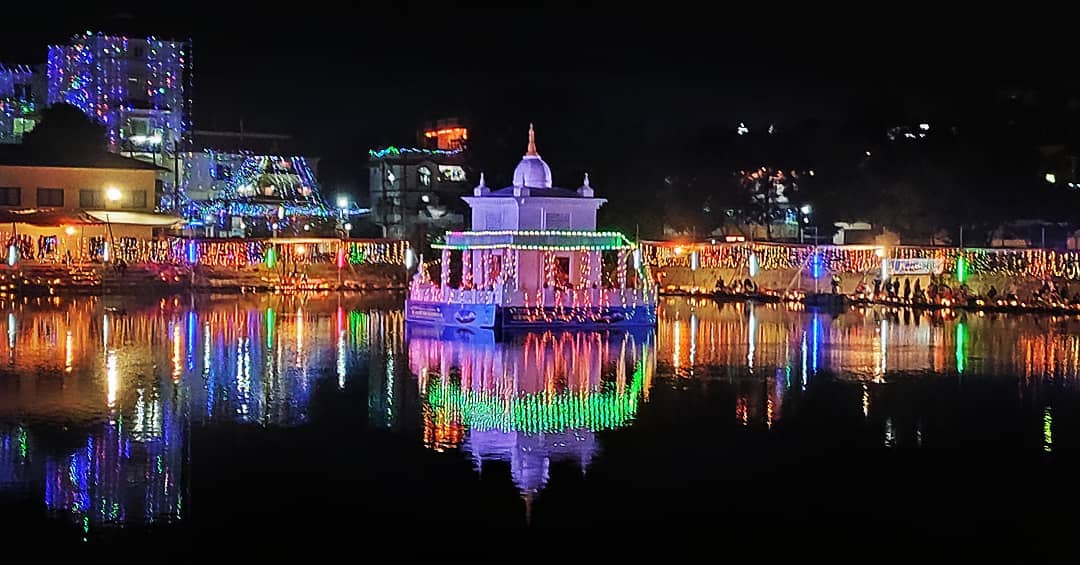
Chhath and Tihar seem to have some commonalities. In Chhath, devotees worship the five elements – earth, water, fire, air and akasha – in combination with Sun worship, which is common to most ancient civilizations. This festival also last multiple days, and purification of the self is a common theme. It is the time for communal harmony and aspiration for Satwik (purity) in life.
The first day of Chhath sets the tone for the festival. It is a day for bathing and eating pure food, avoiding things like meat, fish, onion, garlic etc. Those food are mostly traditional food prepared from local africultural products, hence a boon to the farmers.
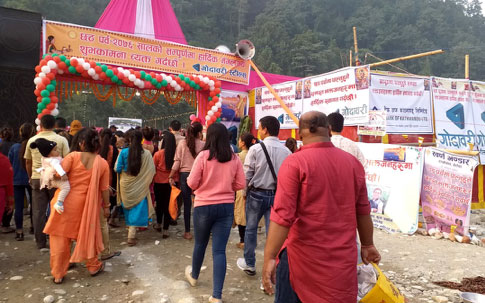
The overall theme that emerges from this festival is one of unity, co-existence, common good of the community, while reverence of nature, the Sun god and nature goddess Chhath Maiya means valuing life and practicing gratitude to all aspects of life. Life-sustaining natural elements seem to be revered during the festival, millions in Kathmandu alone. My hometown of Hetauda has the Chhath fever from the look of thousands of devotees mixing freely, and feeling joyful.

During the four day celebration, strict fasting also gives a message that self-cleansing is important. Since devotees take bath in the rivers, ponds or any other clean body of water, great effort is launched in cleaning up all those devotional spots. Bagmati river in Kathmandu around Guheshori and all the water bodies in Janakpur dham, capital of Mithila kingdom, blessed with ancient legacies of king Janak and Brahmarishis like Astabakra. Same goes for all areas of Nepal where Chhath has taken root. Not only Nepal but also in India.
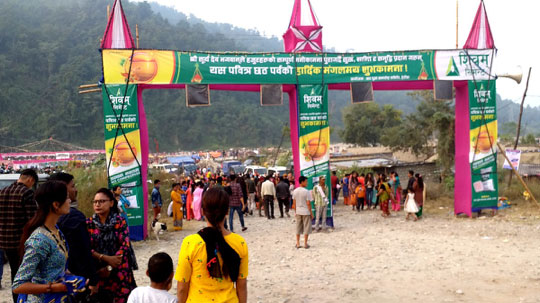
The most admirable element of this festival, and also quite a revolutionary one, is its emphasis on equality of all human. Sanatana Vedic culture has developed many malpractices and rituals that place hierarchical divisions between community members. One of the most maligned is the caste system that has entrenched untouchability, discrimination, and differentiate people’s relationship by practice relating to water, something unheard of anywhere else in the world.
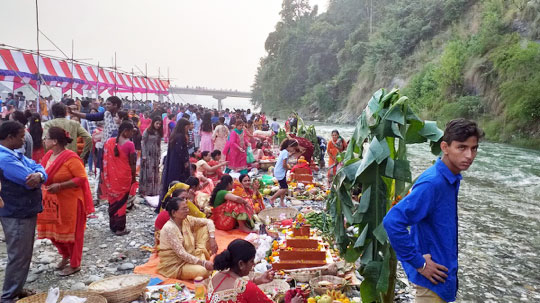
In this festival, caste-based untouchability is nullified. One such practice during the festival is for women of even higher social orders, aristocracy and wealth stand along the side of the road spreading their aanchal (part of a saree). They receive prasad from passing devotees. No matter the social status of the devotees who place their prasad in their aanchal, it is a blessing. Such equality among all beings on Earth is what is engraved in the Vedic culture, and festival such as these brings out the core values that have been contaminated and distorted by societies for their own narrow interests. This kind of practice and festival has the potential to spark the cultural revolution to cleanse out the cultural pollution.
Since the democracy was reestablished in Nepal in 2007, there has been a distance growing between the people, mostly in the alignment among the population as hill people versus the Terai people. Terai people have their own political parties with their own leaders now. Their grievance has been the second class status given to the people from the Terai region. In such an unjust climate, suspicion and identity politics, humans are reminded that divine rule should be followed for prosperity of a society, or a nation.
We should be grateful for Chhath.
The writer is a graduate of Arizona State University in Political Science. He is working as a social activist and motivational speaker for students across Nepal since 2007.
The views and opinions expressed in this article are those of the author and do not necesarily reflect the official policy or position of Nepalisite.









